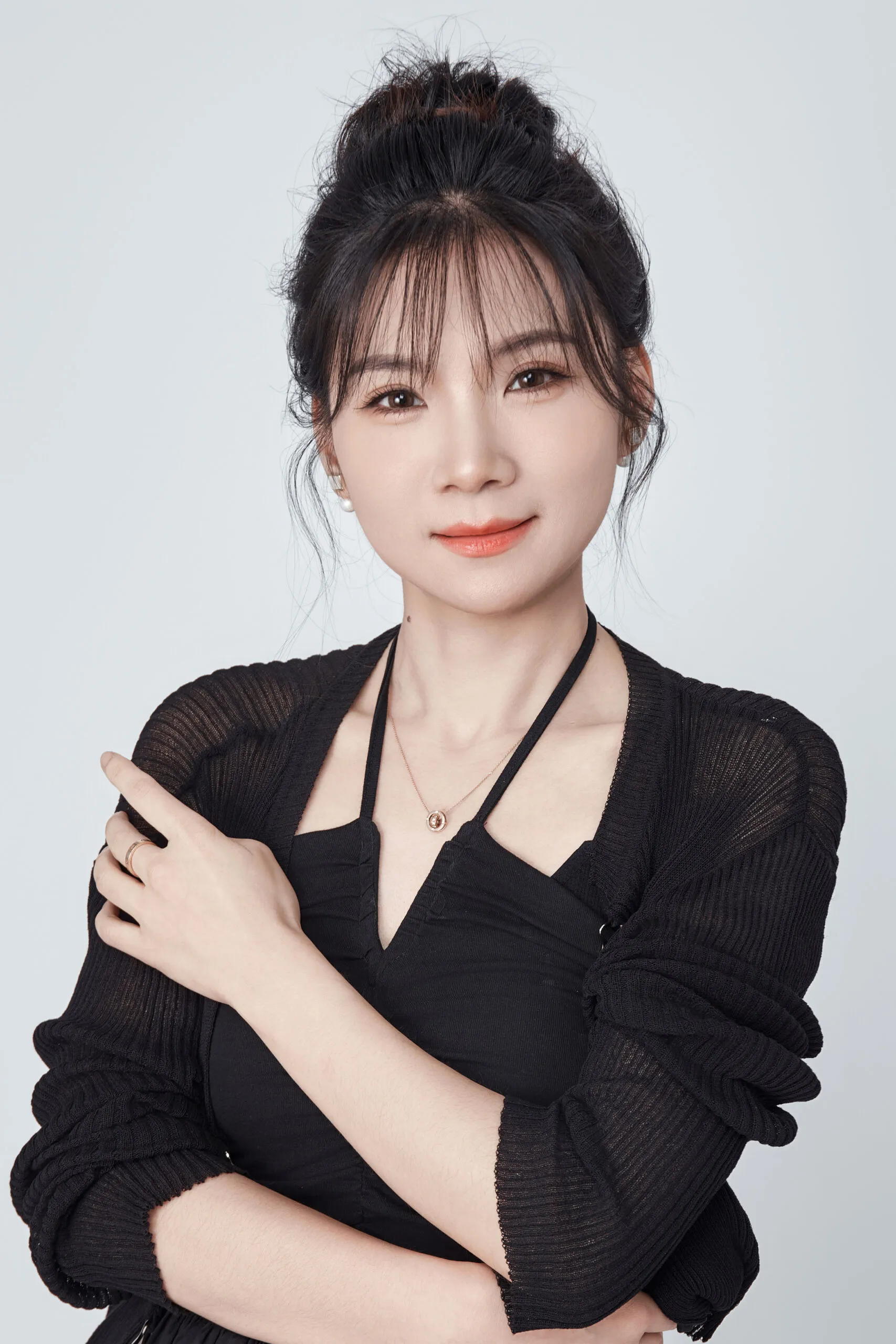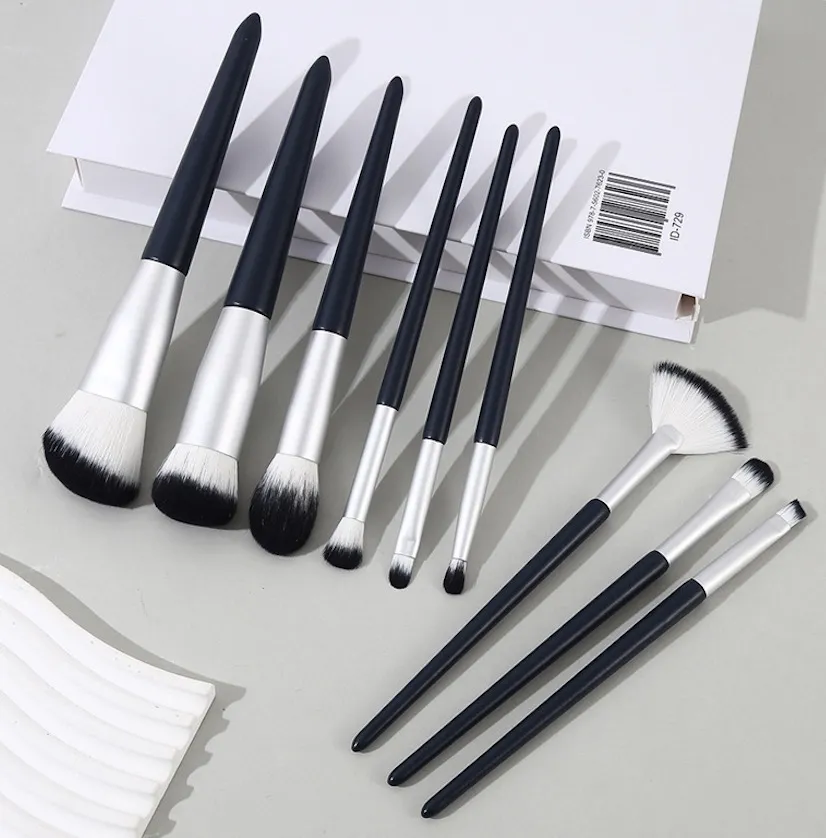Choosing the right animal hair1 for your brushes feels overwhelming. A wrong choice can ruin product performance and waste your budget. This guide simplifies it for you.
The best animal hair depends on use: goat for everyday powders (pickup and spring), squirrel for ultra-soft, sheer finishing, and kolinsky/weasel for precise eye and lip work, especially with creams. Choose hair by formula and finish—not just by price.
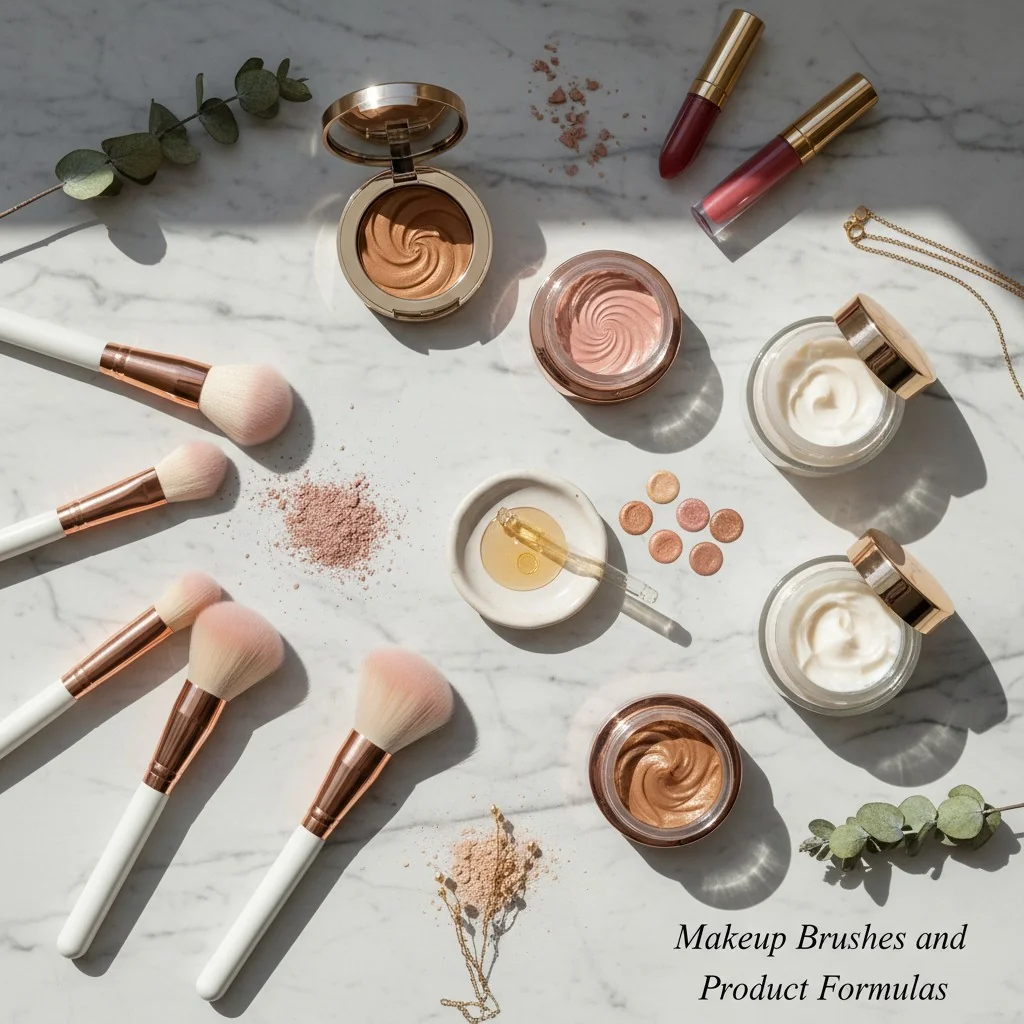
When I first started on the factory floor, I saw firsthand how a small change in hair type could completely transform a brush’s performance. A brand would order a "soft" brush without specifying the hair, and the result wouldn’t work with their finely-milled powder. They were frustrated, and the factory had to remake the order. These are costly mistakes that can delay your launch.
Understanding the specific jobs of each hair type is the single most important step in developing a high-performance brush line. It’s not about finding one "best" hair; it’s about building a toolkit where every brush does its job perfectly. Let’s break down the key players so you can source with confidence.
Kolinsky hair is the best and softest hair for all types of makeup application.False
Kolinsky is best for precision and control with creams or liners due to its firmness and spring. For softness, especially for powders, squirrel hair is superior.
Goat hair is a versatile choice for powder makeup products.True
Goat hair has a scaly cuticle structure that excels at picking up and distributing powder products like blush, bronzer, and setting powder, making it a reliable workhorse.
Goat vs. Squirrel vs. Kolinsky: How Do You Match Hair to Formula and Finish?
Picking between goat, squirrel, and kolinsky can feel like a guess. Guessing wrong leads to poor makeup application and unhappy customers. Let’s map each hair to its perfect use.
Match hair to the job. Use goat for daily powders that need good pickup, squirrel for a sheer, delicate finish, and weasel or kolinsky for precise control with creams and liners.
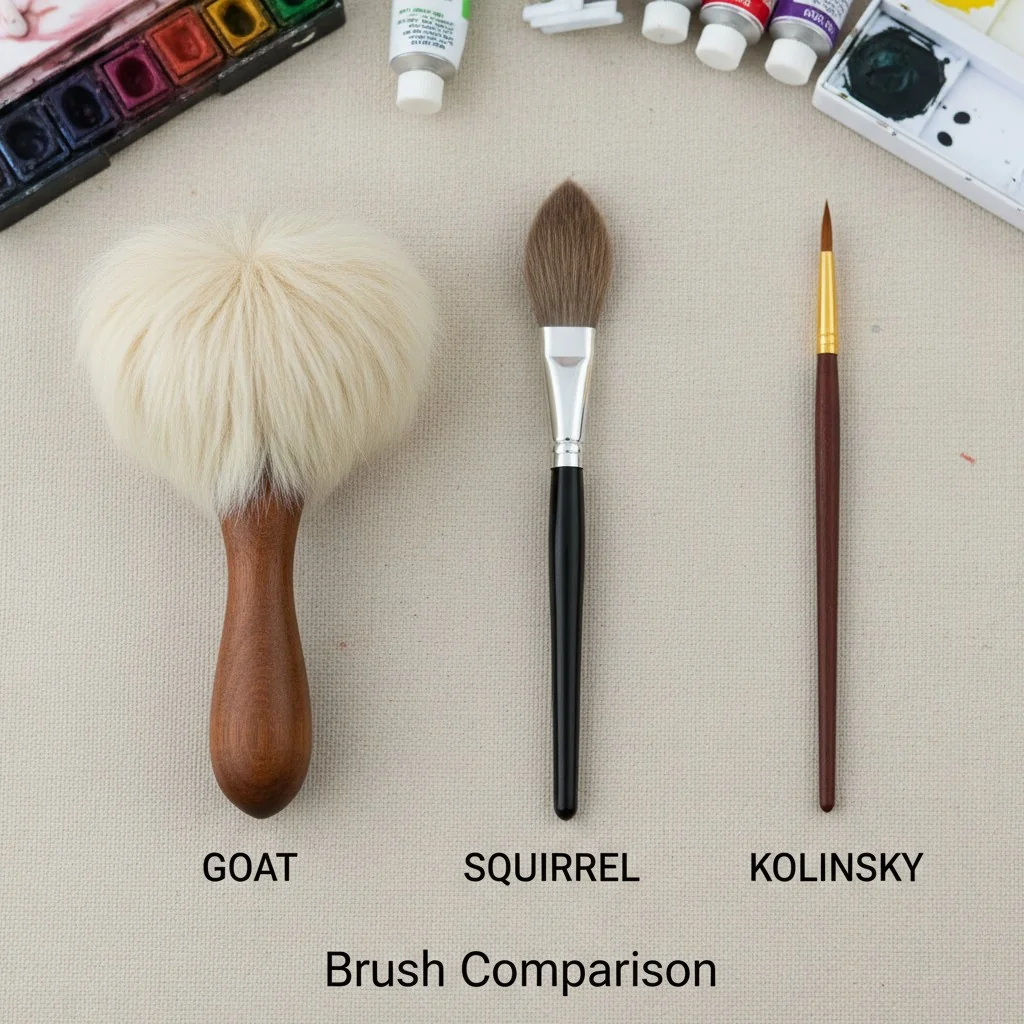
The secret to a perfect brush isn’t just softness—it’s how the hair’s structure interacts with a specific makeup formula. As a brand founder, knowing this helps you write better product specifications and avoid costly sampling errors. I always advise my clients to think about the finish they want to achieve first, then select the hair. A sheer, diffused highlight requires a completely different tool than a sharp, graphic eyeliner. Here’s a simple breakdown I use with my clients to guide their sourcing decisions.
Hair Type and Its Best Use
Think of these hairs as specialists. You wouldn’t use a hammer to turn a screw. In the same way, you shouldn’t use a squirrel brush for packing on pigment.
| Hair type | Typical grade/notes | Best uses | Behavior (pickup/spring/feel) | Cost signal |
|---|---|---|---|---|
| Goat | Sokoho / Saikoho; first‑cut tips preferred | Powder, blush, bronzer, highlight | Strong pickup, good spring, durable | Medium; softer grades cost more |
| Blue/Kazan Squirrel | Ultra‑fine tips; Kazan rarer | Finishing, sheer highlight, sensitive skin | Lower pickup, extremely soft, low spring | High; Kazan highest |
| Weasel/Kolinsky | Firm, resilient, pointed tips | Detail eyes, liner, lips; creams | Precise control, good color laydown | High (kolinsky) |
| Pony/Horse | Rounder tip; resilient | Buffing, denser powders | Moderate pickup, control for buffing | Low–Medium |
| Water Badger | Thick root, tapered tip | Brows/eyebrow | Firm control, even application | Medium |
Squirrel hair is ideal for applying heavy, full-coverage foundation.False
Squirrel hair is too soft and delicate, with low pickup. It's designed for applying a sheer veil of finishing powder, not for dense or liquid formulas.
Pony and horse hair are effective for buffing dense powder formulas.True
The resilience and moderate pickup of horse/pony hair provide the necessary control and firmness to blend and buff heavier powder textures into the skin smoothly.
Grades and Blends Decoded: What Do XGF, Saikoho, and Blends Mean for Your Budget?
hair grades2 like Saikoho and XGF sound complex. Not knowing them means you might overpay for the wrong quality or get a brush that feels prickly and sheds.
Grades indicate softness, which comes from the part of the hair used. First-cut tips are softest and costliest. Blends balance performance and price, like mixing goat and squirrel hair3.
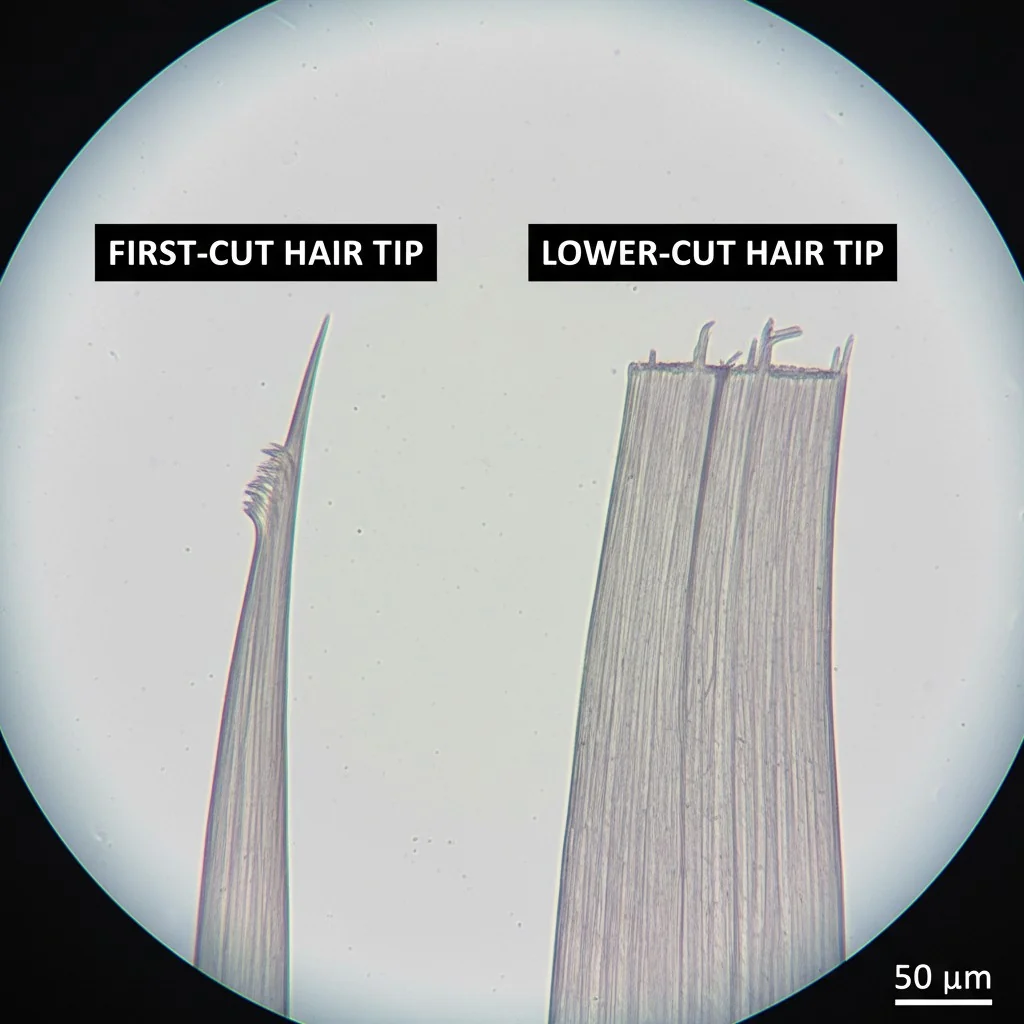
When you get a quote from a factory, the price difference often comes down to the hair grade. I remember a client who wanted to create a "dupe" of a luxury brush but at a lower cost. The original used Saikoho goat hair4. My client’s initial budget only allowed for a lower grade. The first sample felt scratchy, and she was disappointed. I explained that the original brush used "first-cut" tips—the very finest, naturally tapered end of the hair. Her sample used a lower cut, which is thicker and blunter.
Understanding Cuts and Grades
- First-Cut vs. Lower-Cut: First-cut hair is the untrimmed, natural tip. It’s the softest and most expensive part. Hair cut from further down the shaft is coarser and less flexible. This is a major factor in shedding and that "prickly" feeling.
- Goat Hair Grades (Sokoho/Saikoho): These are Japanese terms that have become an industry standard for quality. Sokoho is high-quality goat hair, great for many applications. Saikoho is even finer and softer, often from a specific part of the goat, making it more luxurious and expensive. Other grades like XGF or ZGF are also used by suppliers to classify softness and length. Always ask your supplier what their grading system means.
The Smart Use of Blends
Blend engineering is where manufacturing expertise really shines. We can create a custom feel and performance while managing costs. For example, pure squirrel is very expensive and can be too floppy for some uses. By blending it with a small amount of high-quality goat hair, we increase its spring and powder pickup while keeping it very soft. This gives you a high-performance brush at a more accessible price point.
Saikoho is a low-quality, cheap grade of goat hair.False
Saikoho is one of the highest, softest, and most expensive grades of goat hair, prized for its fine, uncut tips and luxurious feel.
Blending different animal hairs can improve a brush's performance and manage cost.True
For example, adding some goat hair to squirrel hair increases resilience and powder pickup, creating a high-performing brush that is less expensive than one made of pure squirrel.
Ethics and Compliance: Are Your ‘Cruelty-Free’ Brushes Actually Compliant?
You want to claim "cruelty-free5," but you don’t have the right documents. A false claim can destroy your brand’s reputation with customers who value transparency.
The EU’s 2013 animal testing ban is a marketing rule, not a supply chain certification. To truly claim ‘cruelty-free,’ you need audited programs like Leaping Bunny to verify your sources.
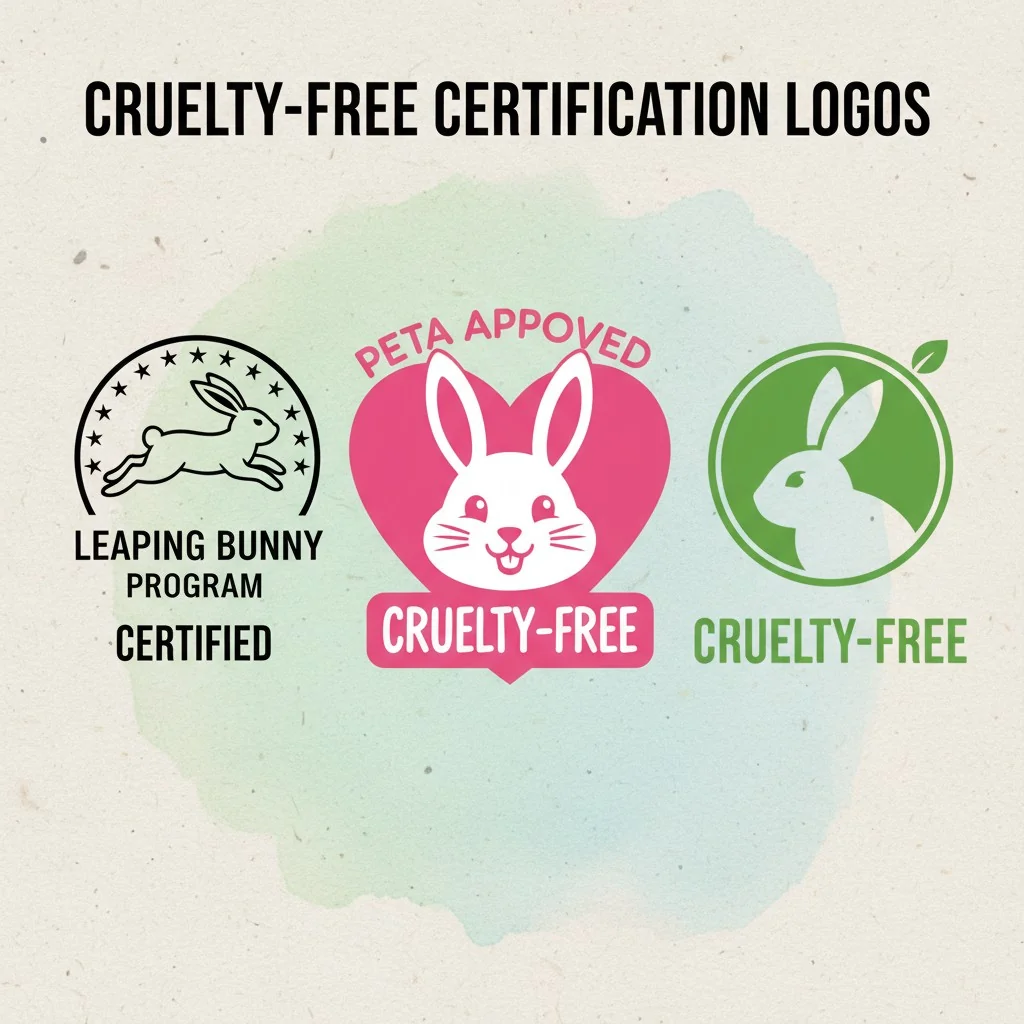
This is one of the biggest areas of confusion I see with brand founders, especially those targeting the US and EU markets. Many believe that because their final product isn’t tested on animals, they can automatically label their natural hair brushes "cruelty-free." This is a dangerous assumption. Your customers, particularly in today’s market, expect that claim to cover the entire supply chain. I worked with a brand that almost launched with a "cruelty-free" claim based on their supplier’s verbal promise. I pushed them to ask for documentation, and the supplier couldn’t provide it. We had to switch vendors, which delayed the launch but saved their brand’s integrity.
Differentiating Bans from Certifications
- EU 2013 Ban: This is a marketing ban. It prohibits the sale of cosmetics and ingredients that were tested on animals after that date. It does not automatically certify that the animal hair used in your brushes was sourced without harm to the animal. It’s a common and costly misunderstanding.
- Audited Programs (Leaping Bunny): Certifications like Leaping Bunny go much deeper. They require a brand to implement a supplier monitoring system. They enforce a "fixed cut-off date," meaning no animal testing is allowed in any part of the supply chain after that date. Most importantly, they conduct independent audits to verify these claims. This is the level of proof your brand needs to make a credible cruelty-free claim.
As a brand owner, it’s your responsibility to demand supply chain transparency from your factory. Ask for documentation. If they can’t provide it, they are not the right partner for a brand built on trust.
Any brush sold in the EU is automatically certified 'cruelty-free'.False
The EU's 2013 ban is on marketing products tested on animals. It does not certify the ethical sourcing of animal hair materials in the supply chain, which requires separate audits.
Leaping Bunny certification requires annual supplier audits to verify cruelty-free claims.True
Leaping Bunny's standards include ongoing supplier monitoring and independent audits to ensure compliance throughout the supply chain, providing a higher level of assurance than self-declaration.
Factory-Floor QA: How Can You Verify Hair Type and Prevent Shedding?
You worry your supplier might switch materials between the sample and bulk production. Poor quality control leads to shedding, bleeding dye, and angry customers who demand refunds.
Use simple factory-floor tests6 to confirm quality. Microscopy checks for hair cuticles, a burn test identifies material, and standardized tests can measure shedding, dye bleed, and ferrule strength.
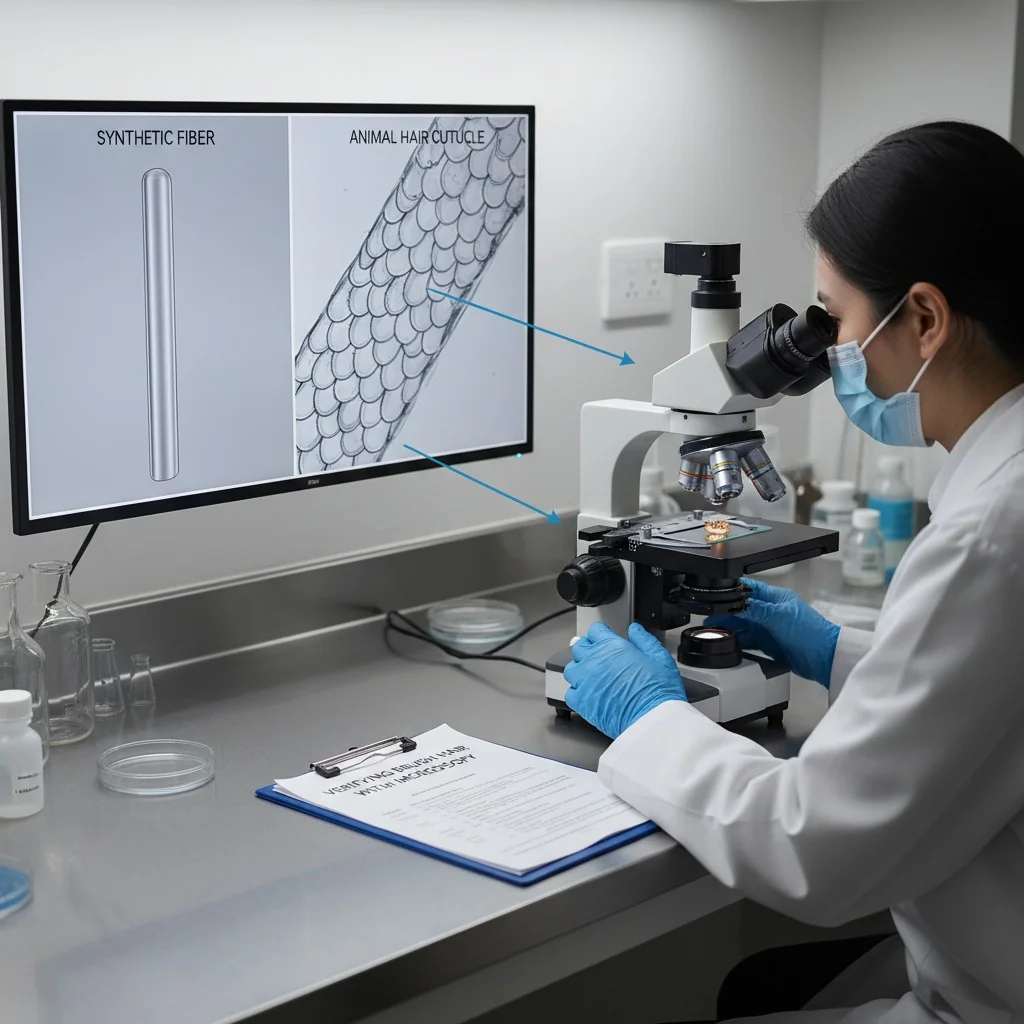
After you’ve approved a perfect sample, how do you ensure the 10,000 brushes in your bulk order are identical? This is where factory-floor quality assurance7 becomes your best friend. When I ran my own factory, we had a strict QA protocol for every single order. These aren’t complex lab procedures; they are practical tests that any good manufacturing partner should be performing. As a brand owner, you should know what these tests are so you can ask your supplier about their process. It shows you’re an informed buyer and holds them accountable.
Key QA Checks for Brush Quality
-
hair verification8: How do you know you got goat hair and not a cheaper synthetic blend?
- Microscopy: This is the most reliable way. Animal hair has a scaly cuticle structure, while synthetic fibers are perfectly smooth.
- Burn/Singe Test: A small, controlled test. A few strands of animal hair will singe, curl, and smell like burnt hair. Synthetics will melt and often form a hard bead.
-
Shedding and Durability:
- Shed Rate Test: We run a new brush over a textured surface or use a standardized machine to count how many hairs fall out in the first few uses. A well-made brush should have minimal shedding.
- Ferrule Crimp Integrity: The ferrule is the metal part that holds the hair. We perform a pull test to ensure it’s securely crimped to the handle and that the glue is holding the hair bundle firmly.
-
Dye Bleed: If your brush hairs are dyed (e.g., black goat hair), you must check for dye fastness. We simply wash the brush head with a mild solvent or soap and check for any color bleeding onto a white cloth. This prevents your customers from having a nasty surprise during their first wash.
You can't tell the difference between animal hair and synthetic fiber without expensive lab equipment.False
A simple burn test can differentiate them. Animal hair singes and smells like burning hair, while synthetic fibers typically melt into a hard plastic bead.
A strong ferrule crimp is essential for preventing brush shedding.True
The ferrule physically secures the hair bundle to the handle. If it's loose or poorly crimped, the glue can fail and hairs will fall out easily.
Conclusion
Choosing the right animal hair is about matching the tool to the task. Understand the function of each hair type to build a brush line that performs beautifully and builds brand trust.
References
-
Explore the various types of animal hair and their unique properties to make informed choices for your makeup brushes. ↩
-
Get insights into hair grading systems and how they affect the quality and cost of makeup brushes. ↩
-
Learn about the advantages of squirrel hair for achieving a soft, sheer finish in makeup application. ↩
-
Discover why goat hair is a popular choice for makeup brushes and how it enhances product performance. ↩
-
Find out what it truly means to be cruelty-free and how to ensure your brushes meet ethical standards. ↩
-
Understand the practical tests that can be conducted on the factory floor to ensure high-quality makeup brushes. ↩
-
Learn about essential quality assurance practices that ensure the consistency and quality of makeup brushes. ↩
-
Explore the techniques used to verify the type of hair in makeup brushes to avoid costly mistakes. ↩

